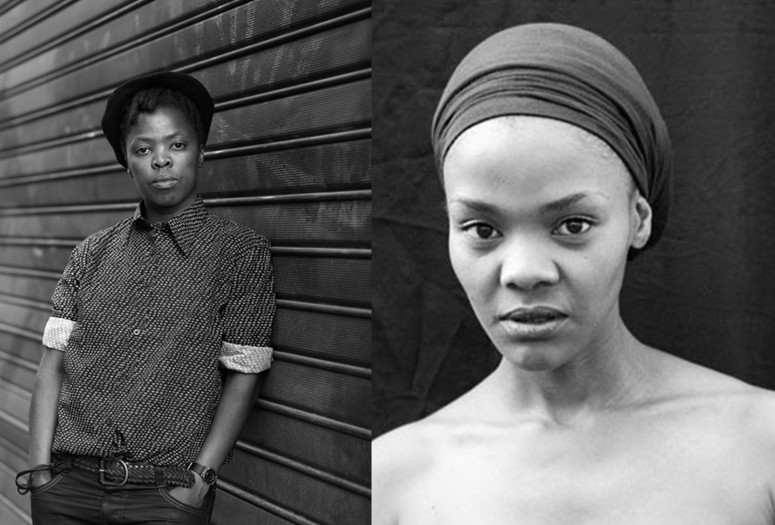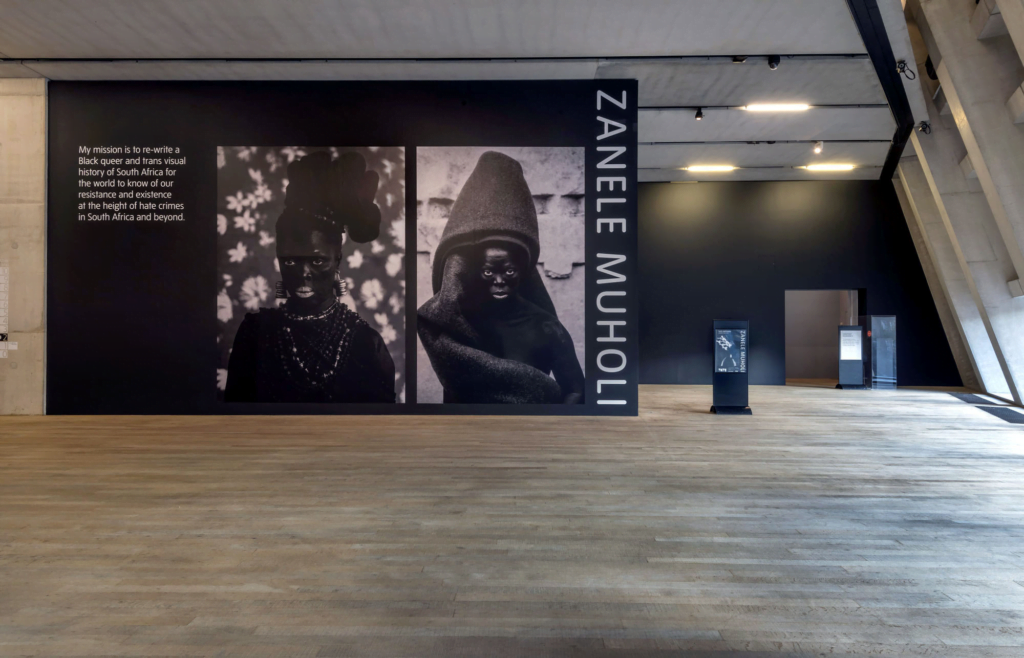As an avid reader interested in learning about influential leaders creating positive change, you may find the life and work of Zanele Muholi fascinating. Muholi is South Africa’s most renowned visual activist, using photography to raise awareness of the experiences of black lesbian, bisexual, transgender, and intersex individuals.
Muholi has dedicated her life to documenting and sharing the stories of the LGBTI community in South Africa through photography. Over the past two decades, Muholi has gained international acclaim for her visual activism, with their evocative and poignant photographs featured in solo and group exhibitions worldwide. However, Muholi’s work is about more than just gaining fame or critical acclaim as an artist.
At the heart of her photography practice is a devotion to empowering and giving visibility to groups who face discrimination due to her gender, sexuality, and ethnicity. Through her lens, Muholi is changing perceptions and creating a more just world.
Zanele Muholi BIOGRAPHY

Early Life and Education: Tracking Zanele Muholi’s Upbringing and Studies
Where was Zanele Muholi Born?
Zanele Muholi was born in Umlazi, South Africa in 1972. They grew up during apartheid under a government that was openly hostile to queer communities. This difficult upbringing shaped Muholi’s activism and desire to document the lives of black lesbians, gays, and trans people in South Africa.
Muholi attended the Market Photo Workshop in Newtown, Johannesburg, where they studied photography. After graduating in 2003, Muholi began working as a freelance photographer and focusing on queer communities. 2004, they co-founded the Forum for Empowerment of Women (FEW). This black lesbian organization worked to promote the visibility of black lesbians and address issues like discrimination, healthcare access, and safety.
Muholi’s photographs are more than just portraits. They are a radical resistance against a government that has failed to protect LGBTQ citizens. Through their courageous, intimate pictures, Muholi has ensured that black queer lives in South Africa can never again be invisible. They have established themselves as one of the preeminent visual activists in South Africa, using art to create a more just society.
What is Zanele Muholi known for?

Zanele Muholi is an influential photographer and activist of South Africa’s LGBTQ community. Muholi’s work serves as an inspiration and reminder that there is still much work to achieve equality and human rights for all. Though Muholi continues to face immense challenges and dangers, her perseverance and vision propel them forward.
Through her photography, activism, and community organizing, Zanele Muholi has established herself as South Africa’s foremost visual activist, bringing greater visibility to the country’s marginalized LGBTQ community.
Muholi’s influential work continues to highlight the injustices still faced by many in the post-apartheid nation. Muholi’s striking and emotional photography has resonated around the globe, sparking essential conversations on human rights, representation and what it means to be queer in South Africa.
Career highlights

Artistic Career: Documenting Muholi’s Photographic Work
As an activist and visual artist, Zanele Muholi is best known for their photographic work. Through their images, Muholi aims to empower black gay, transgender and intersex individuals in South Africa.
2002 | Forum for Empowerment of Women (FEW) | It is a black lesbian organization based in Johannesburg. It marked the start of their human rights activism and community work. |
2004 | “Visual Sexuality: Only Half the Picture” | First solo exhibition was held at the Johannesburg Art Gallery. It showcased their initial photographic series depicting the lives of black lesbians in South African townships. |
What Media Does Zanele Muholi Use?
Zanele Muholi utilizes various media to address issues of race, gender, and sexuality. Muholi is known for its powerful portraits and self-portraits, which challenge dominant narratives and aim to create visibility and representation for marginalized communities.
One of the primary media that Muholi uses is photography. They often capture black and queer bodies in their raw and authentic forms, seeking to challenge the normative standards of beauty and the viewer’s perceptions. Through their lens, Muholi captures the resilience and strength of their subjects, creating a visual narrative of empowerment.
In addition to photography, Muholi also works with video and installation art. They use these media to explore the complexities of identity and representation further. Their videos often feature interviews with their subjects, allowing them to tell their stories and reclaim their narratives. Through installations, Muholi creates immersive experiences that invite viewers to engage with their work on a deeper level.
Zanele Muholi List of Work

What is the Primary Function of Zanele Muholi’s Faces and Phases Series?
In 2006, Muholi started their ongoing photographic project “Faces and Phases”. This critically acclaimed series aims to represent black-and-white portraits of black lesbians, celebrating and empowering these marginalized individuals. “Faces and Phases” has been featured in over 40 group and solo exhibitions internationally, bringing much-needed visibility to the black LGBTI community in South Africa.
Exhibitions
Muholi’s thought-provoking work has gained worldwide recognition, with their photographs held in prestigious collections like:
Tate Modern
London
Center Pompidou, Paris
Brooklyn Museum, New York
Through their striking and intimate images and human rights activism, Muholi has established themselves as South Africa’s most prominent visual activist campaigning for black LGBTI rights and visibility. Their artistic practice serves as an act of resistance, a means of effecting social change and advancing freedom of expression.
Who Inspired Zanele Muholi?
Various people have inspired Zanele Muholi throughout their life and career. One of the most significant influences on Muholi’s work is her community, the black LGBTQ+ community in South Africa. Muholi’s photography focuses on documenting and celebrating the lives and experiences of this community, shedding light on the struggles they face and the resilience they demonstrate. By capturing their stories and experiences, Muholi aims to challenge stereotypes and empower marginalized communities.
Another source of inspiration for Muholi is the work of other artists and activists who have paved the way for LGBTQ+ representation and visibility. She has cited the work of South African photographer David Goldblatt, American artist Carrie Mae Weems, and Nigerian photographer Rotimi Fani-Kayode as influences on her artistic practice. These artists have explored themes of identity, race, and sexuality, inspiring Muholi to do the same.
Activism and Honors: Highlighting Muholi’s LGBTQ Advocacy and Accolades
As an openly queer black artist, Zanele Muholi has dedicated her work to highlighting issues around gender and sexuality that often go ignored in her native South Africa. Through emotive portraiture and documentary photography, Muholi visually represents the LGBTQ community, especially the lives of black lesbian women, transgender men and gender non-conforming individuals. Muholi’s impactful and evocative work has her worldwide recognition and numerous accolades. They received the 2018 Prix Pictet, the world’s leading prize for photography and sustainability.
Why does Zanele Muholi Use Black and White?
Zanele Muholi often uses black and white in their work for several reasons. Firstly, black and white photography has a timeless quality that evokes nostalgia and a connection to the past. By stripping away colour, Muholi focuses the viewer’s attention on the subject matter, allowing for a more intimate and impactful experience.
Additionally, black and white can enhance the contrast and texture of an image, highlighting the details and emotions captured within the frame. Muholi’s work often explores themes of identity, race, and sexuality, and the use of black and white can help to emphasize these powerful narratives.

